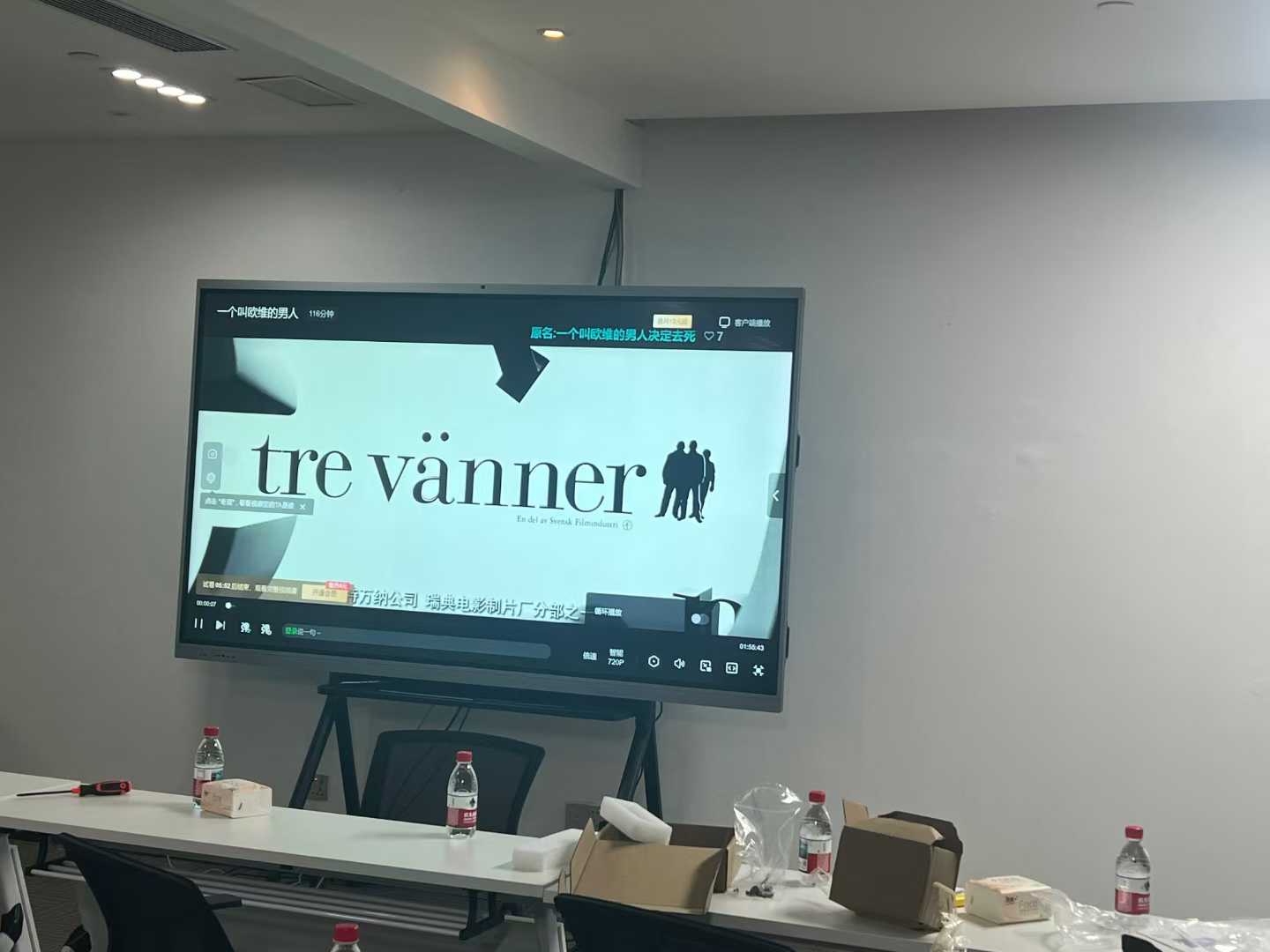The Difference Between Conference Tablets and Smart TVs
Definition and Primary Purpose
Conference Tablets:
Conference tablets, also known as interactive flat panels or digital whiteboards, are large touchscreen devices designed primarily for business and educational environments. They are used to facilitate collaboration, presentations, and interactive discussions. These devices often come equipped with advanced features such as multi-touch capabilities, stylus support, and integrated software for screen sharing, video conferencing, and document annotation.
Smart TVs:
Smart TVs, on the other hand, are television sets that are equipped with internet connectivity and integrated platforms for streaming content, browsing the web, and running various applications. The primary purpose of a smart TV is to provide an enhanced entertainment experience, allowing users to access a wide range of multimedia content from the comfort of their living rooms.
Hardware Specifications
Conference Tablets:
Screen Size: Conference tablets typically range from 55 inches to 110 inches, making them suitable for large meeting rooms and classrooms.
Resolution: They often feature 4K Ultra HD resolution or higher, ensuring crisp and clear visuals for presentations and collaborative work.
Touchscreen: One of the most significant features of conference tablets is their touchscreen capability, which supports multi-touch and stylus input for interactive sessions.
Processing Power: These devices are equipped with powerful processors and ample RAM to handle demanding applications, multitasking, and real-time collaboration.
Ports and Connectivity: Conference tablets come with a variety of ports, including HDMI, USB, and Ethernet, as well as wireless connectivity options like Wi-Fi and Bluetooth for seamless integration with other devices.
Smart TVs:
Screen Size: Smart TVs are available in a wide range of sizes, from 32 inches to over 85 inches, catering to different room sizes and viewing preferences.
Resolution: Similar to conference tablets, smart TVs also offer 4K Ultra HD resolution, with some high-end models even supporting 8K.
Touchscreen: Unlike conference tablets, smart TVs do not typically feature touchscreen capabilities. They are designed for passive viewing rather than interactive use.
Processing Power: Smart TVs are equipped with processors that are optimized for streaming and running apps, but they are generally less powerful than those found in conference tablets.
Ports and Connectivity: Smart TVs also come with a variety of ports, including HDMI, USB, and Ethernet, along with Wi-Fi and Bluetooth for connecting to other devices and streaming content.
In summary, while conference tablets and smart TVs may share some similarities in terms of display technology and connectivity, they are fundamentally different devices designed for distinct purposes. Conference tablets are tailored for business and educational environments, focusing on collaboration, productivity, and interactive experiences. In contrast, smart TVs are designed for home entertainment, providing access to a wide range of multimedia content and enhancing the viewing experience.

